Breaking the Waves
8.6 /10 1 Votes8.6
86% Rotten Tomatoes 76% Metacritic Genre Drama, Romance Duration Language English | 7.9/10 IMDb 4/4 Roger Ebert Music director Joachim Holbek | |||||||||||||||||||||||||||||||||
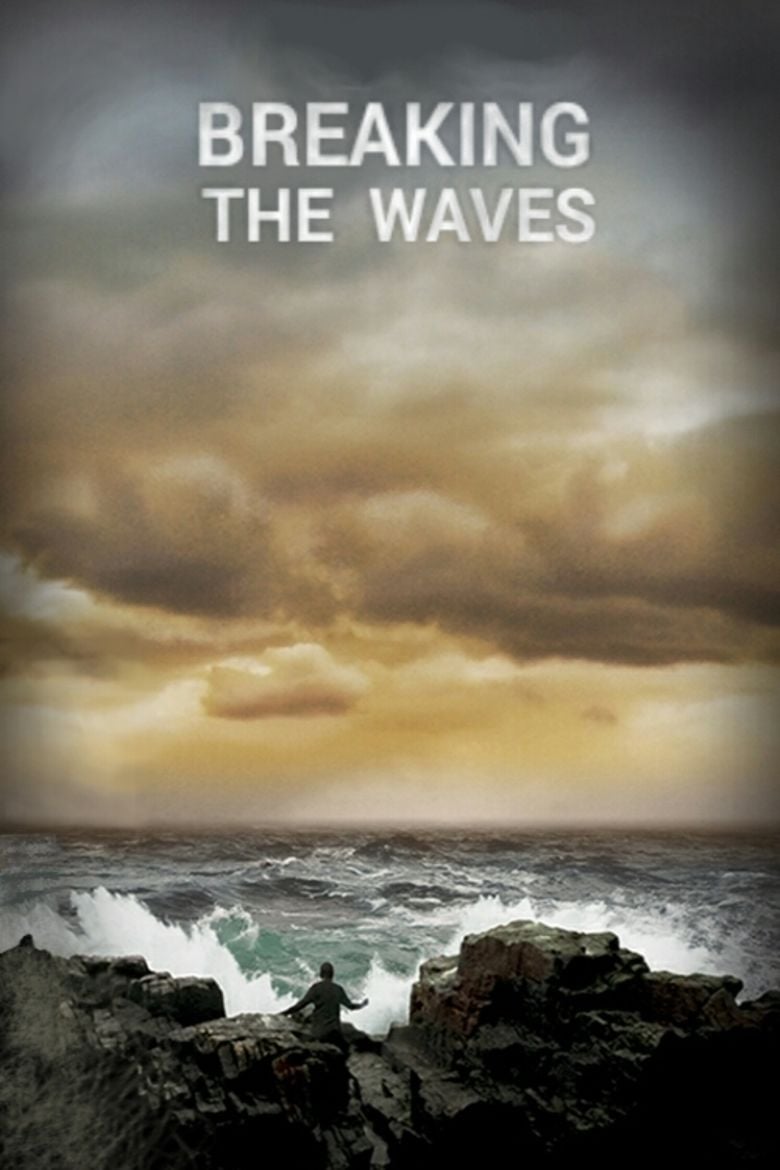 | ||||||||||||||||||||||||||||||||||
Writer Lars von Trier, Peter Asmussen Screenplay Lars von Trier, Peter Asmussen, David Pirie Cast (Bess McNeill), (Jan Nyman), (Dodo McNeill), (Terry), (Dr. Richardson), Jonathan Hackett (Priest)Similar movies The Matrix Reloaded , The Matrix Revolutions , Finding Neverland , Brooklyn's Finest , American Gangster , Salt | ||||||||||||||||||||||||||||||||||
Breaking the waves 1996 official trailer
Breaking the Waves is a 1996 film directed by Lars von Trier and starring Emily Watson. Set in the Scottish Highlands in the early 1970s, it is about an unusual young woman, Bess McNeill, and of the love she has for Jan, her husband, who asks her to have sex with other men when he becomes immobilized from a work accident. The film is an international co-production led by Lars von Trier's Danish company Zentropa. It is the first film in Trier's Golden Heart Trilogy which also includes The Idiots (1998) and Dancer in the Dark (2000).
Contents
- Breaking the waves 1996 official trailer
- BREAKING THE WAVES
- Plot
- Cast
- Production
- Style
- Critical response
- Box office
- Awards
- Operatic adaptation
- References

Breaking the Waves has been described as "perhaps von Trier's most widely acclaimed film".
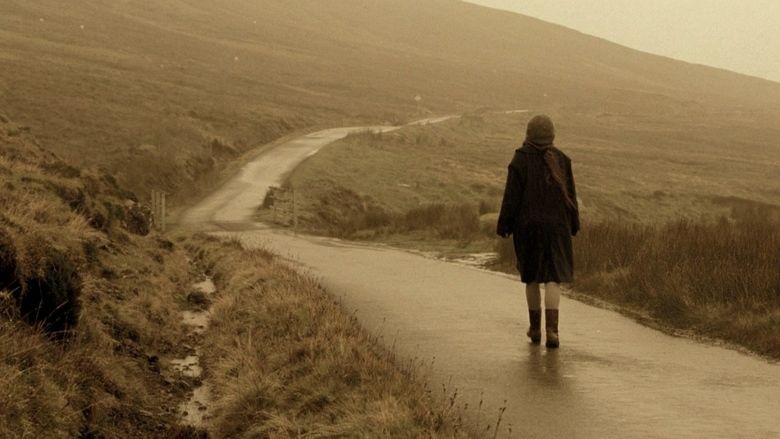
BREAKING THE WAVES
Plot

Bess McNeill is a pretty young Scottish woman with a history of psychological problems. She marries atheist oil rig worker Jan Nyman, despite disapproval from her community and her Free Scottish Presbyterian Calvinist church. Bess is steadfast and pure of heart, but extremely simple and childlike in her beliefs. During her frequent visits to the church, she prays to God and carries on conversations with Him using her own voice, believing that He is responding directly through her.
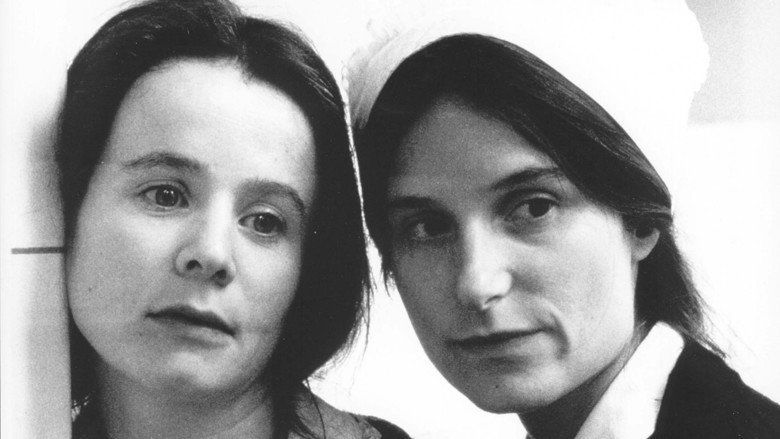
Bess has difficulty living without Jan when he is away on the oil platform. Jan makes occasional phone calls to Bess in which they express their love and sexual desires. Bess grows needy and prays for his immediate return. The next day, Jan is severely injured in an industrial accident and is flown back to the mainland. Bess believes her prayer was the reason the accident occurred, that God was punishing her for her selfishness in asking for him to neglect his job and come back to her. No longer able to perform sexually and mentally affected by the paralysis, Jan asks Bess to find a lover. Bess is devastated and storms out. Jan then attempts to commit suicide and fails. He falls unconscious and is readmitted to hospital.
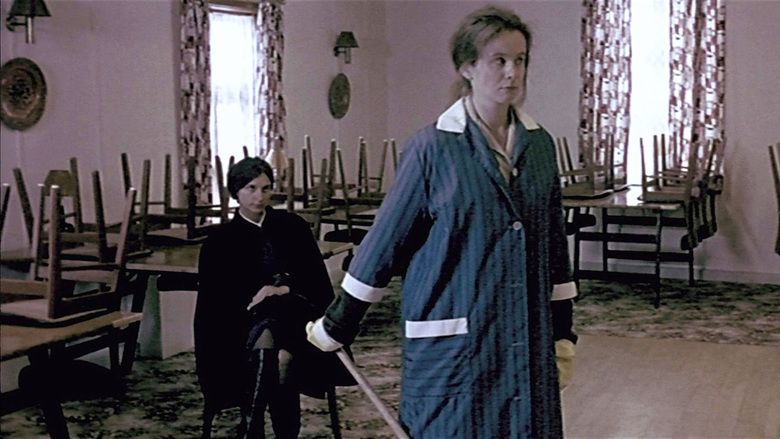
Jan's condition deteriorates. He urges Bess to find another lover and tell him the details, as it will be as if they are together and will revitalize his spirits. Though her sister-in-law Dodo constantly reassures her that nothing she does will affect his recovery, Bess begins to believe these suggestions are the will of God and in accordance with loving Jan wholly. Despite her repulsion and inner turmoil to be with other men, she perseveres in her own sexual debasement as she believes it will cure her husband. Bess throws herself at Jan's doctor, but when he rebuffs her, she takes to picking up men off the street and allowing herself to be brutalized in increasingly cruel sexual encounters. The entire village is scandalized by these doings, and Bess is excommunicated. In the face of being cast out from her church, she proclaims, "You cannot love words. You cannot be in love with the Word. You can only love a human being."
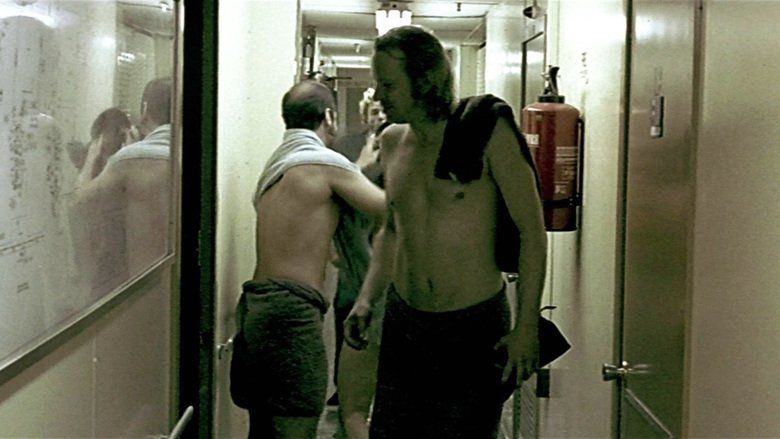
Dodo and Jan's doctor agree the only way to keep Bess safe from herself is to have her committed, and as far away from her husband as possible. It is then that Bess decides to make what she thinks is the ultimate sacrifice for Jan: she unflinchingly goes out to a derelict ship full of barbarous sailors, who rape and violently attack her, to which she ultimately succumbs. The church refuses to give a funeral for her and damns her soul to hell. Unbeknownst to the church elders, Jan and his friends have substituted bags of sand for Bess's body inside the sealed coffin. Jan is later shown burying her in the ocean, in deep grief but substantially restored to health despite the doctors not having thought such possible. The film ends in magical realism as Bess's body is nowhere to be seen on the sonar, and church bells ring from on high in the sky.
Cast
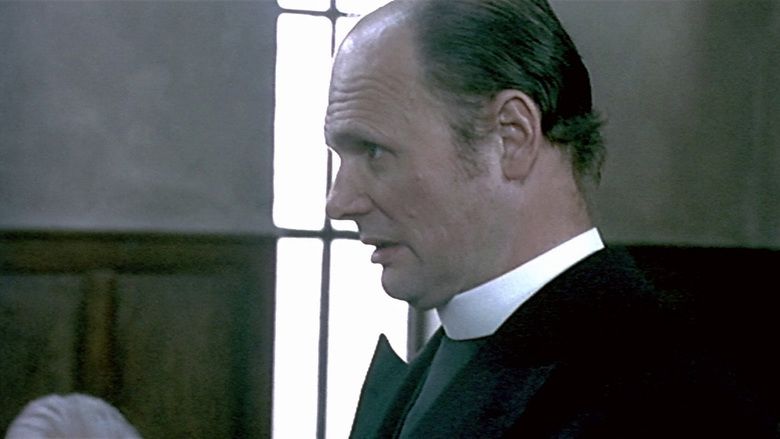
Production

Breaking the Waves was von Trier's first film after founding the Dogma 95 movement with fellow Danish director Thomas Vinterberg. However the film breaks many of the movement's "rules", including built sets, post-dubbed music and computer graphics. It was shot entirely with handheld Super35mm cameras and is the first of von Trier's "Golden Heart trilogy", so named after a children's book he read about a little girl lost in the woods who gives away everything she has to others needier than herself called Guldhjerte. He wanted to make a naturalistic film that was also a religious film without any miracles. Von Trier claimed that it took him five years to write the film and get financial backing, and he began to lose enthusiasm for it right after filming began. It had a budget of 42 million kroner.
Helena Bonham Carter was von Trier's first choice to play the role of Bess, but she dropped out just before shooting was to start, reportedly due to the large amount of nudity and sexuality required by the role. Several other big-name actresses were considered, but none of them were comfortable with the subject matter. Von Trier was eventually won over by Emily Watson's audition, even though she was a complete unknown in the film industry at the time.
Von Trier initially wanted to film it on the west coast of Jutland, then in Norway, then in Ostende, Belgium, then Ireland before finally settling with Scotland. The exterior scenes were shot in Scotland: the graveyard was built for the film on Isle of Skye; the church is in Lochailort, the harbour in Mallaig, and the beach in Morar. Von Trier chose the Isle of Skye because it was popular with 19th century English romantic painters and writers. The interiors were shot at Det Danske Filmstudie in Lyngby, Denmark.
Style
The film is divided into seven different chapters. Each chapter begins with a different impressionistically filmed panorama title frame featuring early 1970s rock music interludes. Each of these chapters is filmed with a motionless camera, but features movement in the panorama. In the original released film, the epilogue, “Bess' Funeral,” features David Bowie’s “Life on Mars," which was replaced by Elton John's "Your Song" on early home video releases; the more recent Criterion edition restores the Bowie song. The overall style is heavily influenced by the realist Dogme 95 movement, of which von Trier was a founding member, and its grainy images and hand-held photography give it the superficial aesthetic of a Dogme film. However, the Dogme rules demand the use of real locations, whereas many of the locations in Breaking the Waves were constructed in a studio. In addition, the film is set in the past and contains dubbed music, as well as a brief scene featuring CGI, none of which is permitted by the Dogme rules.
Some saw Breaking the Waves as mainstream cinema. Others saw it as a high budget experimental film due to its elaborate chapter shots and handheld camera in a sketchy raw style that followed the actors closely. Breaking the Waves marked an important change in focus for Lars von Trier. In von Trier's early films, the protagonist is a man, typically a disillusioned idealist whose downfall is furthered by a deceitful, fatal woman. In this film, for the first time the protagonist is a woman, emotional and naive. This motif continues in his later films, except for the comedy, The Boss of It All. Breaking the Waves controversially connects religion with eroticism. The film focuses on sexual perversity and female martyrdom, issues that continue in Trier's later work. Some critics see the self-sacrificing submissive heroine as a misogynist cliche.
The film was made using Panavision equipment. The low-res look of the scenes was obtained by transferring the film to video, and then back to film again. According to von Trier, "what we did was take a style and lay it like a filter over the story. It’s like decoding a television signal when you pay to see a film. Here we encoded the film, and the audience has to decode it. The raw, documentary style that I imposed on the film, which actually dissolves and contradicts it, means that we can accept the story as it is.
Critical response
The film garnered a 76/100 on Metacritic and an 84% approval rating on Rotten Tomatoes, with the latter stating the critical consensus as, "Breaking the Waves offers a remarkable testament to writer-director Lars von Trier's insight and filmmaking skill -- and announces Emily Watson as a startling talent." During a show where film personalities listed their top movies of the 1990s, Breaking the Waves was named one of the ten best films of the decade by both critic Roger Ebert and director Martin Scorsese.
In an essay for the Criterion Collection, David Sterritt interpreted it as a film in which "no one is 'bad,' everyone is 'good,' and when trouble flares anyway, it’s because incompatible concepts of 'good' can violently conflict with one another"; he praised the ending as "a magical vision that elevates the final moments to radically metaphysical heights."
Box office
Released on November 13, 1996, the film has grossed just over $4 million in the US.
Awards
Breaking the Waves won the Grand Prix at the 1996 Cannes Film Festival, the César Award for Best Foreign Film, and three awards at the 1996 European Film Awards, including Film of the Year, International Film Journalists Award, and European Actress of the Year (Watson). Emily Watson was also nominated for the 1996 Academy Award for Best Actress, the 1996 British Academy of Film and Television Arts award and the National Society of Film Critics prize.
Operatic adaptation
Composer Missy Mazzoli and librettist Royce Vavrek premiered their operatic adaptation of the film on September 22, 2016, at Opera Philadelphia. The work was called "the most startling and moving new American opera in memory" by parterre box, with Opera News proclaiming that it "stands among the best twenty-first-century American operas yet produced."
References
Breaking the Waves WikipediaBreaking the Waves IMDbBreaking the Waves Rotten TomatoesBreaking the Waves Roger EbertBreaking the Waves MetacriticBreaking the Waves themoviedb.org
